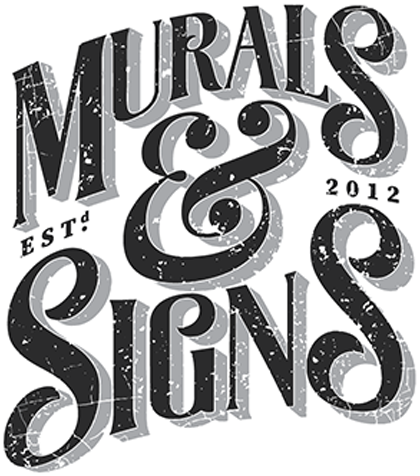In the dynamic world of business and art, commercial mural agreements have become a prevalent means of enhancing the aesthetic appeal of establishments while promoting local artists. However, just like any contractual relationship, disputes can arise between parties involved in such agreements. Navigating these conflicts efficiently is crucial to maintaining positive relationships and upholding the artistic vision. This article delves into the strategies and best practices for effectively resolving disputes in commercial mural agreements.
Understanding Common Dispute Triggers
Before exploring resolution strategies, it’s essential to identify the common triggers of disputes within commercial mural agreements. These triggers often include:
Design Deviations and Expectation Mismatch
Misalignment between the initial mural concept and the final execution can lead to disappointment and conflicts between artists, businesses, and even the community. Clear communication and documented expectations are key to preventing this issue.
Quality and Execution Issues
Disputes might arise when the quality of the mural does not meet the agreed-upon standards. Proper documentation of quality benchmarks and regular progress checks can mitigate this problem.
Timelines and Delays
Timely completion is crucial in mural agreements, especially when they are tied to specific events or marketing campaigns. Delays can lead to frustration, financial losses, and disagreements. A well-defined timeline with buffer periods can alleviate this concern.
Intellectual Property and Rights
Ownership rights and intellectual property considerations can become contentious if not adequately addressed in the agreement. Artists may want to retain certain rights, while businesses might desire more comprehensive usage rights. Clarifying these aspects in the contract is vital.
Proactive Steps to Prevent Disputes
Prevention is often the best strategy when it comes to disputes. To mitigate the risk of conflicts in commercial mural agreements, consider these proactive steps:
Comprehensive Contractual Agreements
Craft a detailed contract that outlines the scope of work, design specifications, quality expectations, timelines, compensation, and intellectual property rights. Having a clear agreement can help prevent misunderstandings later on.
Collaborative Design Process
Involve all stakeholders, including artists, business owners, and community members, in the design process. Regular feedback loops and transparent communication can ensure that everyone’s expectations are aligned.
Regular Progress Updates
Establish a schedule for regular updates on the mural’s progress. This allows parties to catch any potential issues early and make necessary adjustments before they escalate into disputes.
Strategies for Resolving Disputes
Despite proactive measures, disputes can still arise. When they do, employing effective resolution strategies can help maintain amicable relationships and minimize negative impacts. Consider the following approaches:
Open Dialogue and Mediation
When a dispute emerges, initiate an open and respectful dialogue between parties. Mediation, facilitated by a neutral third party, can often lead to a mutually acceptable solution. This approach preserves relationships and can be less adversarial than legal action.
Seek Legal Advice
If communication and mediation fail to yield results, seeking legal counsel might be necessary. A lawyer experienced in contract and intellectual property law can provide insights into the legal aspects of the dispute and guide parties toward a resolution.
Negotiate and Compromise
In many cases, a compromise can be reached by finding common ground. Each party’s needs and concerns can be addressed through negotiation, leading to a solution that benefits all involved.
Learning from Case Studies
Real-world examples provide valuable insights into dispute resolution. One notable case involved a dispute between a local artist and a restaurant owner over a mural’s design. Through open communication, the parties were able to adjust the design while preserving the artist’s vision, resulting in a mutually satisfactory outcome.
The Power of Documentation
Throughout the entire process, meticulous documentation is invaluable. Keep records of initial agreements, design concepts, communications, progress updates, and any changes made along the way. These records can serve as evidence in case disputes escalate and legal action becomes necessary.
Conclusion
In the realm of commercial mural agreements, disputes are a possibility, but they need not spell the end of collaboration or tarnish artistic visions. By understanding common triggers of disputes, taking proactive steps to prevent them, employing effective resolution strategies, learning from case studies, and maintaining thorough documentation, parties can navigate conflicts and find solutions that honor both artistic integrity and business interests. Clear communication, respect for each other’s perspectives, and a commitment to reaching an agreement can ultimately lead to a successful resolution of disputes in commercial mural agreements.
Complying with local regulations in commercial mural installations
